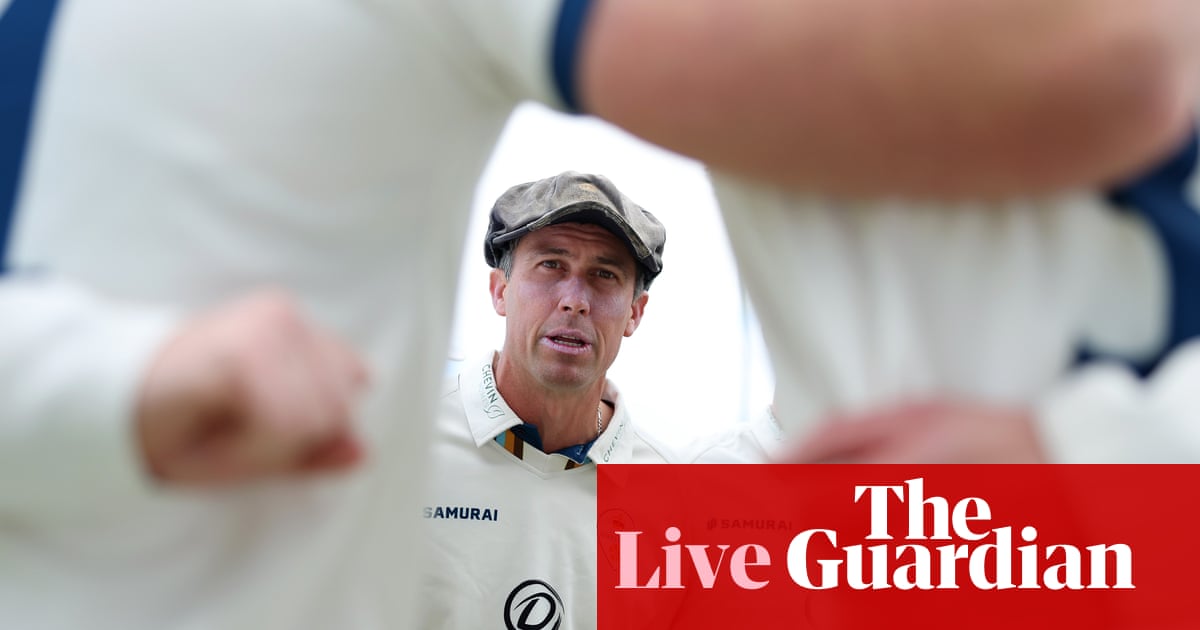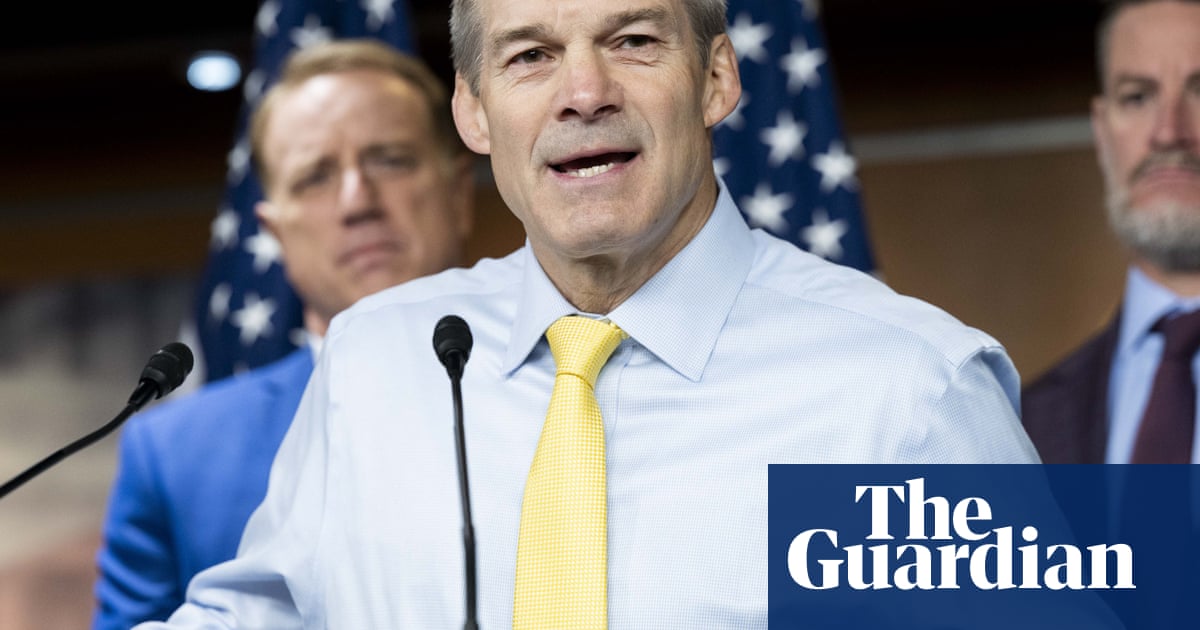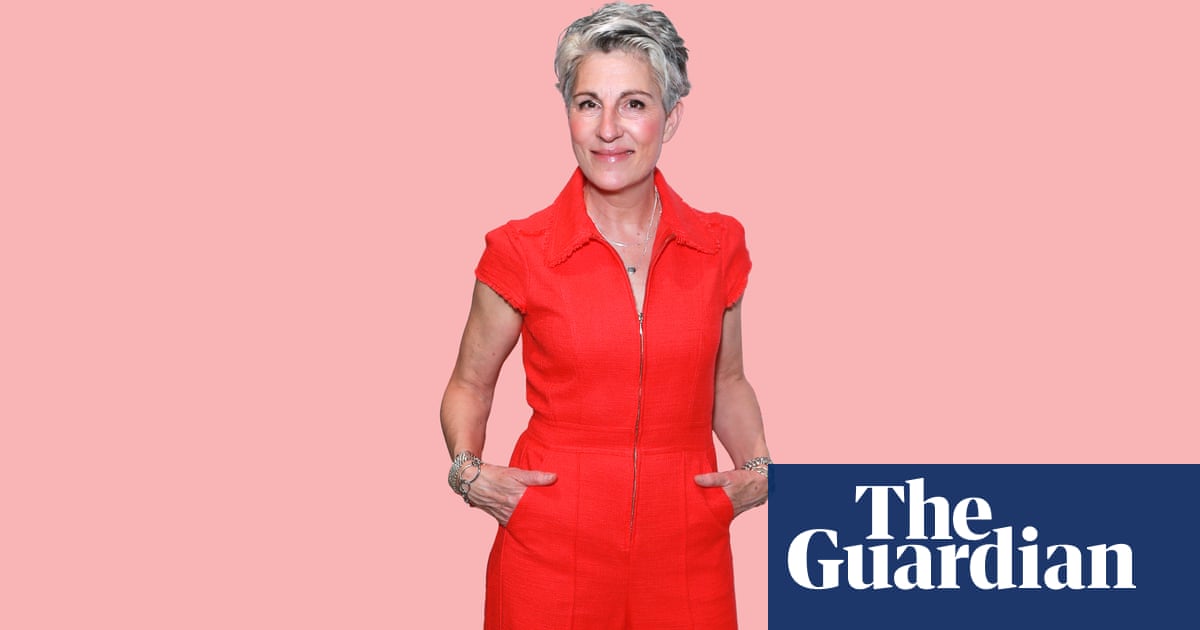How are you planning to celebrate the 20th anniversary of the 2005 men’s Ashes? Is it finally time to get that Kevin Pietersen skunk cut? Gather your friends for a drunken knees-up around Trafalgar Square?
Realistically, a quiet afternoon on YouTube will do, with Simon Jones’s reverse-swinger to Michael Clarke on repeat, off-stump gone like a popped cork. That rabbit hole should end up taking you to Pietersen’s 2014 appearance on the Graham Norton Show in which he discusses his strained relationship with Andrew Strauss while perched next to Taylor Swift. Yes, that actually happened.
Or you could dig into the culture, media and sport committee report published in February 2006 titled “Ashes to Ashes – the death knell for live Test match cricket on free-to-air TV?” You know you want to.
It’s not a thriller but worth your time if you’re curious to know how a sport has its breakout moment – the series attracted a peak audience on Channel 4 in excess of 8 million – before going into hiding. The report examined the England and Wales Cricket Board’s decision to sell its live TV rights exclusively to Sky, ending Channel 4’s coverage of Test cricket after that golden summer and placing the game behind a paywall. The question mark in the report’s title was unnecessary.

The parliamentarians didn’t restrict their wrath to the ECB, which had rejected a Channel 4 bid for a portion of Tests in favour of a new £220m rights package agreed in late 2004, running from 2006 to 2009. The BBC and ITV were criticised for not bidding, despite both explaining the pain of scheduling a five-day game. “Had the BBC, ITV and Channel 4 all made bids, the ECB could have insisted that they were not prepared to agree an exclusive deal with anyone,” the report said.
It also examined a “gentleman’s agreement” between Lord MacLaurin, chair of the ECB, and Lord Smith, the culture secretary, in 1998, when Test cricket in England was removed from the “crown jewels” list of protected sporting events. While delisting meant the ECB could attract the hefty cheques of pay TV, the pair agreed that Test cricket would not be withdrawn completely from terrestrial view, prompting Channel 4 and Sky to share the rights from 1999 to 2005.
But old-world handshakes didn’t fit in the new century; both men had vacated their positions long before the exclusive Sky deal. The committee expressed its “profound disappointment with the ECB and the DCMS for failing to honour their commitments, albeit not legally binding ones”.
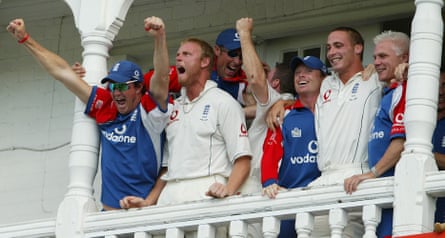
The ECB provided its reasons to the committee, the governing body’s chief executive, David Collier, claiming that rejecting the extra Sky cash would “decimate” the grassroots game; Channel 4’s bid was restricted by losses of £16m a year from broadcasting cricket. A campaign group called Keep Cricket Free argued that the vast reduction in exposure would affect sponsorship revenues. One committee member asked whether the deal was about propping up counties heavily reliant on broadcasting income. At the centre of the sale was Giles Clarke, the chair of the ECB’s marketing committee – and of Somerset.
Many have their anecdotes to argue what has been lost. “All that buzz about the 2005 Ashes, you could see it in the summer holidays, people playing cricket in the park,” says Simon Hughes, the commentator who was part of Channel 4’s coverage. “And I hadn’t seen that for years. That went on for about another year and then it just died off.
“I feel sorry for the great cricketers that England have produced since like Joe Root and Alastair Cook. They’re unknown figures to a huge generation.”
Hughes’s animosity is reserved for the ECB regime at the time. “It was a massive mistake. I don’t blame Sky for this. I think they do a great job. And the money was obviously very valuable to the game, but not as valuable as exposure. What [the ECB] should have done was a shared arrangement where they got more money but also retained the opportunity to deliver it to the nation.
“I wasn’t fearful about the coverage changing. I just knew that it wouldn’t be part of the national conversation any more.”
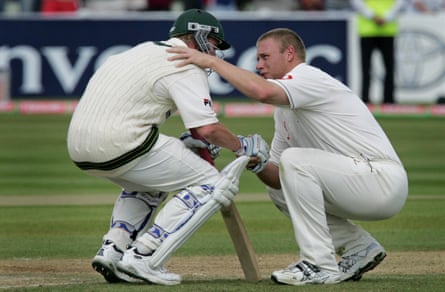
Cricket’s move away from free‑to-air TV has often been mentioned alongside declining figures in recreational participation, but the game is not only enjoyed through play. There’s pleasure from just taking it in, the discussions that follow, the writing it prompts, all of that limited if an audience shrinks. That desire of every sport – to be part of the national conversation – has been a challenge.
While the final day at the Oval in 2005 brought a high of 7.4 million viewers, the corresponding figure four years later dropped to 1.92 million. The 2023 men’s Ashes was the best since the greatest, sold plenty of bucket hats and surely inspired many, but its influence had constraints. The first Test at Edgbaston, a genuine classic won by a nerveless Pat Cummins, attracted a peak TV audience of 2.12 million on Sky.
Paul Smith is an academic at De Montfort University who has written extensively on sports media rights. He says that cricket has become a “niche” sport that is “increasingly focused on private schools”. Smith adds: “Whilst free-to-air television coverage is not a panacea to those problems, it certainly helps with exposure of the game to those kids and other parts of the population that are not exposed to the game through private schools, clubs or family connections.”
In 2017 the ECB revealed a new broadcast deal that would return live international cricket to the BBC from 2020, an acknowledgment that the sport had become too insular. Alongside coverage of the Hundred, the BBC went on to show a handful of England men’s and women’s Twenty20 internationals, not radical but still of vital significance; England Women had not played live on UK free-to-air TV since the 1993 World Cup final. While the BBC’s TV coverage of the Hundred and international highlights will continue this summer, those T20 internationals are expected to move to Channel 5, as reported by the Telegraph.
Test cricket in England has not returned. In 2009 an independent review led by David Davies recommended that home Ashes Tests go on the “crown jewels” list. Clarke, by then the chair of the ECB, retaliated, warning that the fall in broadcasting revenue would be “disastrous” for grassroots funding. Ten years later, Colin Graves, Clarke’s successor, claimed that public broadcasters were not interested in Tests due to production costs and the difficulties in scheduling.
after newsletter promotion
The reality remains that once the goods were sold a little more than 20 years ago there was no going back to a similar arrangement. “There’s certainly a case that if public service media couldn’t provide the necessary rights fees back in 2005, they’re certainly in an even less favourable position now,” says Smith. “Not only because the competition for those rights is higher, with the potential of competition for Sky from TNT or streaming services.
“But public service media have also had their revenue streams undermined over the past decade or so, particularly the BBC with the freezing of the licence fee. Even for commercially funded public service media, like Channel 4, the ability to bid for live rights has been undermined by the erosion of advertising revenue as its audience share has fallen.”

Is there room for a little bit of red-ball action? One idea put forward on these pages by Ali Martin in 2018 was for a Lord’s Test every year to be shared by Sky and the BBC, turning it into a festive affair.
Smith also suggests using the ground to create “event television”. He says there is pragmatism in the ECB convincing Sky to share the men’s Ashes Test at Lord’s with a free-to-air partner, alongside a Women’s Ashes counterpart, either the solitary Test or the Lord’s white-ball game (the venue has yet to be allocated a Women’s Ashes Test). The move would echo how the 2019 men’s World Cup final was shared with Channel 4, 15.4 million in the UK tuning in across channels on that giddy day.

“You’re going to have to negotiate a rights reduction,” says Smith. “So it may well mean that the ECB lose some money. But given the relatively minor eroding of Sky’s overall exclusivity, if I was in the ECB, I would be trying to convince Sky that this is a huge promotion for its more extensive subscription coverage.
“Pay-TV broadcasters and subscription services are keen to avoid the negative publicity that sometimes goes their way when they have exclusive rights to certain sports events. The token gestures of allowing those big events to be shared with free-to-air, like the 2019 Cricket World Cup final, they speak to a desire for pay-TV operators to stop a wider public call for a revisiting of the listed events system.”
But there’s this, too: the way we consume cricket has changed. England highlights have become an easy find on YouTube, the gen Z heartland, where pay-TV operators have shared live broadcasts; Sky has done so with the Hundred. Smith also points to the value of the BBC’s rights for match clips on its website. There’s a path to fandom here, even if it involves doomscrolling through an England collapse.
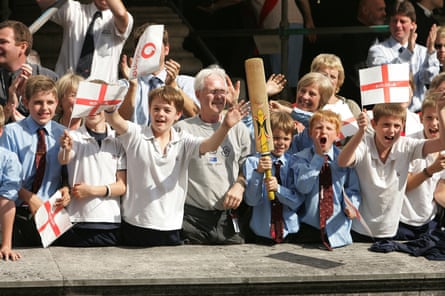
Pay TV gets the word out, too, with Sky’s coverage undoubtedly excellent, their funds having helped orchestrate England’s World Cup wins and more. The media research firm Enders Analysis reported last year that “young viewers now consume nearly half of their sports through Sky … which refutes the widely held view that young people don’t watch sport behind a paywall”.
But those moments of communion at home remain restricted. Two decades on, that series remains extraordinary: for the tussle that took place – and the instant retreat to seclusion that followed.

 4 hours ago
4
4 hours ago
4











